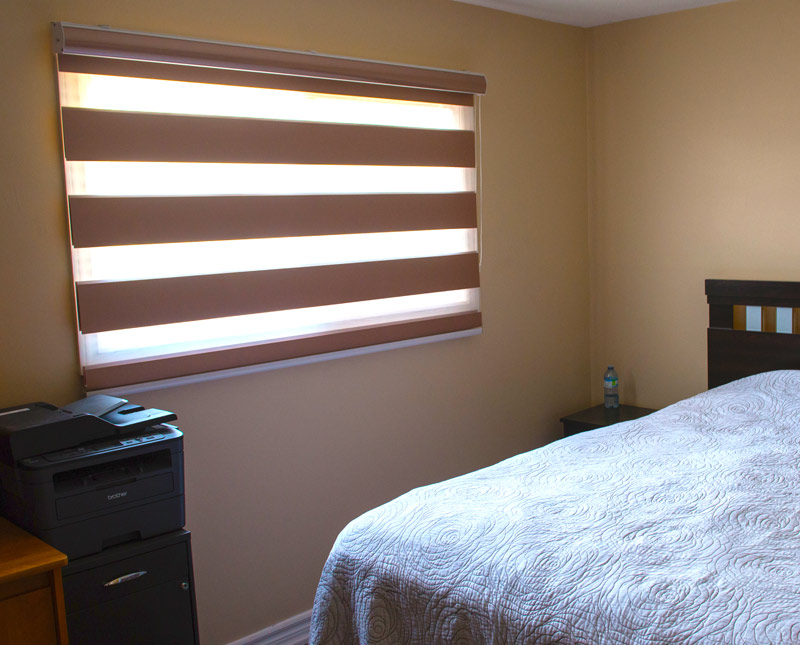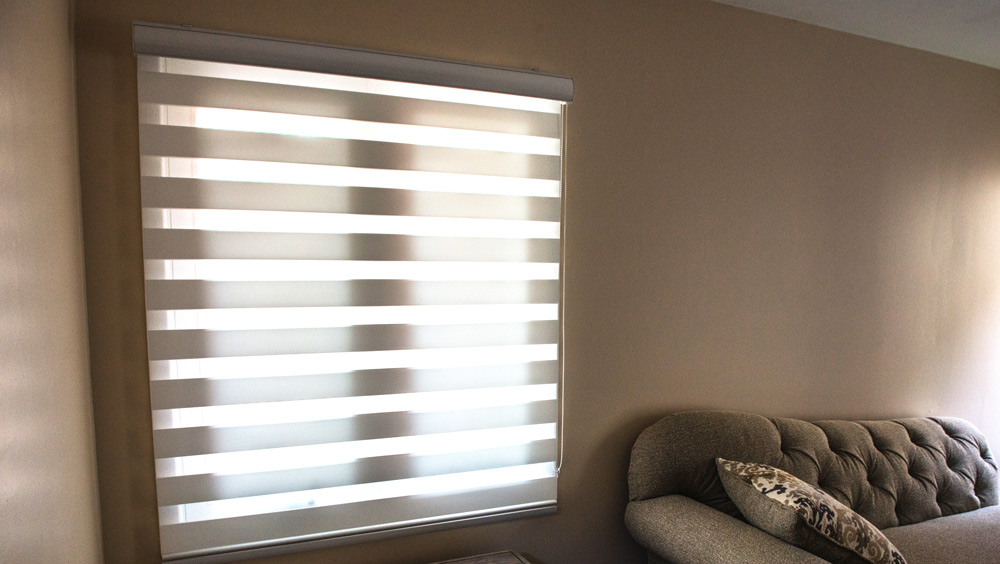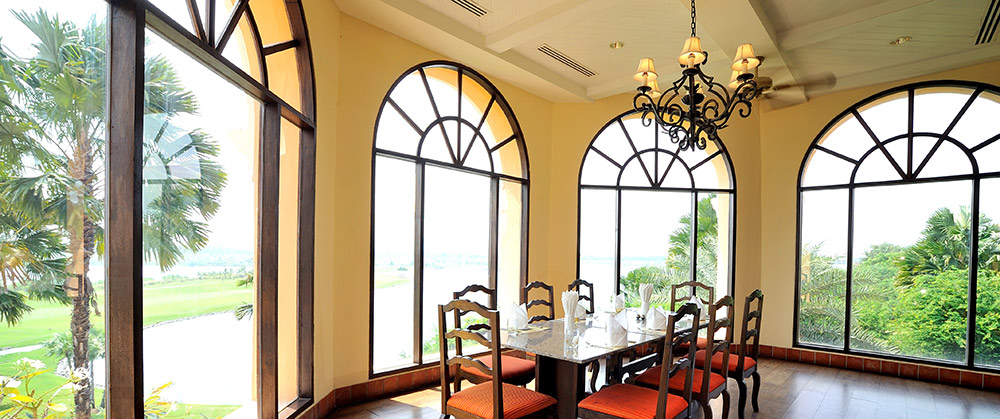Custom Window Blinds: All you need to know
The current norm is to use custom window blinds as a form of window treatment. Its popularity is mainly due to its affordability and aesthetic quality. Plus, it is also functional, easy to install as well as use. Window Blinds Toronto similarly offer the following benefits:
- It offers privacy
- Manages and controls the amount of sunlight entering a room
- Requires little to no maintenance
- Easy to clean compared to curtains
The question that now needs to be answered is, how do you know which kind of custom window blinds your room needs?
Related Article: Why are Blinds useful for your Home or Office?
Custom blinds or standard blinds?

Custom blinds
- Provides the freedom to select a slew of window blinds according to your unique tastes, and a blinds’ inherent appealing quality.
- These are crafted individually and are available in various lengths
- These window treatments have linings that protect it from sun damage, enhances its energy efficiency and light-blocking ability
- These blinds can have their widths be customized in order for them to be opened and closed easily
Standard blinds
- These less costly but just as versatile and stylish as custom blinds
- Such blinds are mass-produced
- These window treatments are mostly unlined
- These can be cut down upon request when purchased in certain stores
Both types offer various designs. Most designs include custom window shades, zebra blinds, motorized blinds, faux wood blinds, or aluminium blinds. Most users prefer these due to their elegant look and ease of use.
Consider window types and sizes
In reality, the “standard: window size does not exist. However, there are common window sizes that most people prefer in their houses or office space. These “stocked” windows are then suited for most homes and are readily available to be installed.
The following are common sizes of windows ideal for window blinds:
- Double hung window sizes have a measurement that ranges from 36 inches to 72 inches. Their widths range from 24 inches to 48 inches.
- Sliding window sizes come in standard heights of 24, 36, 48, 6o inches. Their standard widths range from 2 to 8 feet.
- Picture window sizes have a standard height of 2 to 8 feet. Its standard width similarly range from 2 to 8 feet.
Window sizes that are shaped oddly or which are not covered by standard sizes need custom window treatments. These custom sizes include the following:
- Arched window sizes usually come in half-moon or sunburst shapes. Such windows usually utilize shades that remain stationary or are not functioning.
- Skylight window sizes are installed in the roof to allow in the most amount of natural light
- Porthole window sizes are round and mostly use custom cellular window treatments. Though such shades are not operable, they can be easily customized in your choice of fabric.
- Energy-efficient window treatments allow light and heat to be controlled. These can be customized according to the location of the window, its style, as well as other factors.
How to know which custom window blinds to buy?
The following are steps you need to consider when selecting custom window blinds for your home or office space.
- Determine the fittings suited for your windows. Blinds can be installed within or outside the window recess. Choose which is best according to the specifications of your window. If you need less space, roller blinds may be ideal since these can be easily rolled up.
- Ensure that blinds are an exact fit. Recess fitting are advantageous since they are made to suit windows and its proportions. However, there may be a tendency for light to flare around the edges. Therefore, curtains must be fit outside the window if you prefer to not allow any light from entering.
- Measure properly. For proper recess fitting, the recess’ width needs to be measured at the top, bottom, and middle. Using centimetres as a measurement, get the smallest measurement and round it off to make sure that the blind fits in the recess. When measuring the blind’s length, start from the top of the window inside, and up to the window sill.
Related Article: What is the difference between Blinds and Curtains
Conclusion
All in all, consider your wants and needs when choosing window blinds. If you prefer privacy, select blinds that will provide this such as horizontal blinds. If you are on the lookout for blinds that will suit long glass doors and windows, consider vertical blinds. A blind’s texture will also depend on the look you want a room to exude. Window blinds are available either cordless or with cords. For safety purposes, the former is better suited inside children’s bedrooms.
Consider too the budget you have for purchasing window blinds. A slew of sellers are also available to customize blinds as according to your requirements. Be aware though of the price custom window shades entail. Make sure that the blinds you choose is worth your hard-earned money.

Just another writer from downtown Toronto. I have worked as a window salesman and a blinds installer so I have a great amount of knowledge in this industry.
Favourite Downtown Restaurant: Lee’s
Blinds of choice: Zebra Blinds
Feel free to share my blogs if you find them useful.


